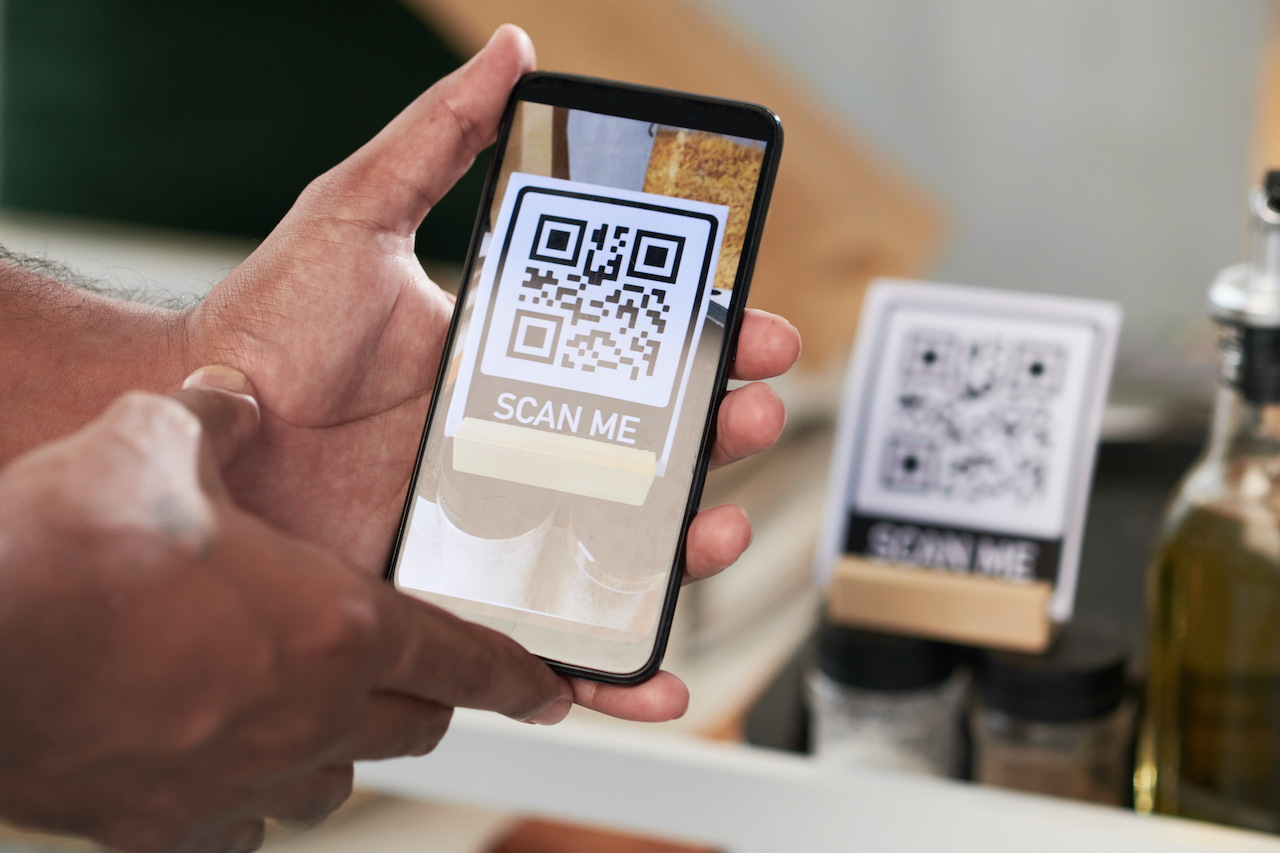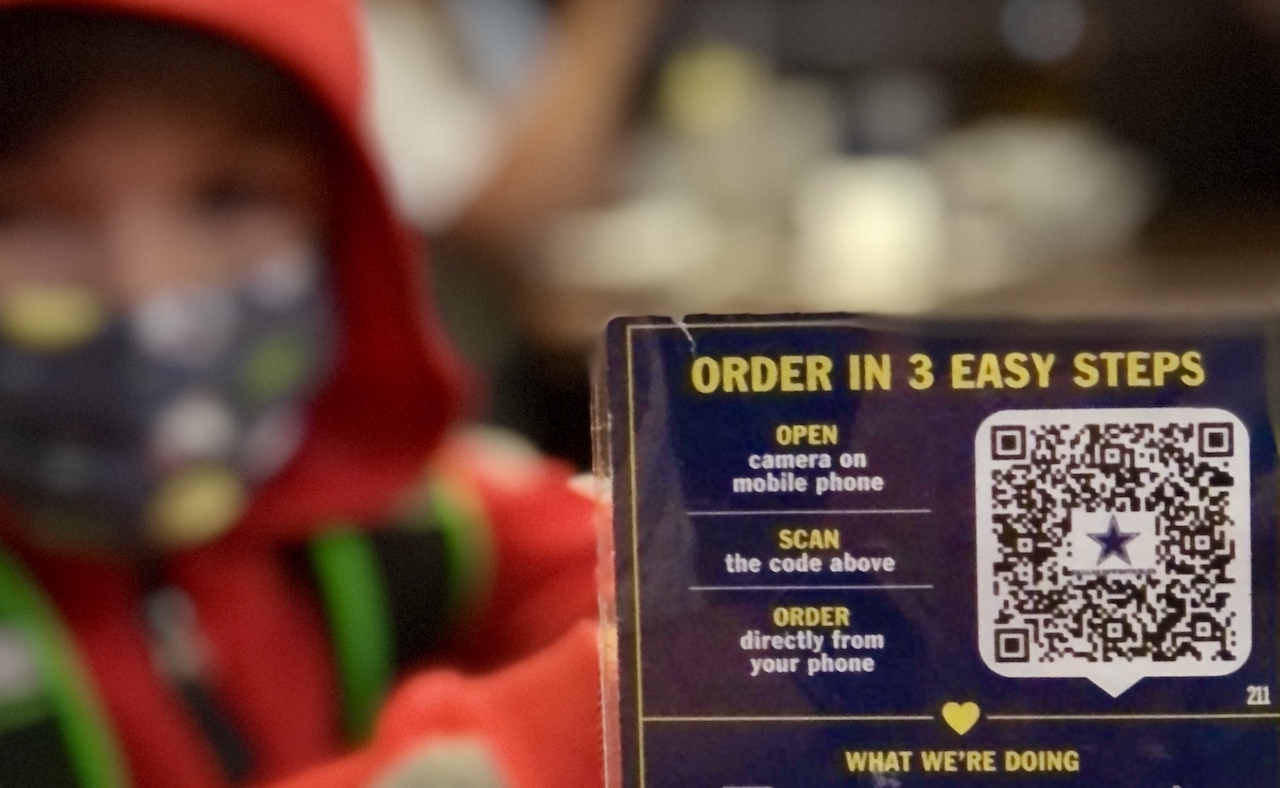Technology has advanced so that we have more ways to identify people, businesses, and domains than ever before. Yet, few methods are as effective as static QR codes in conveying data, not even RFID sensors.
Still, there are various types of QR codes, and choosing the appropriate ones for your initiative can mean the difference between a successful campaign and a waste of time. Here is a short guide that can help you understand the difference between static QR codes and dynamic QR codes.
What Is a Static QR Code?
Once you create a static QR code, you can’t modify its parameters like a barcode. It’s the ideal choice when you desire enhanced security or want to create a long-term campaign. You can use them to distribute content you know will remain permanent, such as a website or a payment ID.
Still, it helps to know that static QR codes take longer to scan. You also can’t track any QR scans. Thus collecting user data is not an option. The lack of encryption makes them more vulnerable to interception by hackers, so it is best not to share sensitive information through static QR codes.

When to use it
Static QR codes are most suitable for the following applications.
- Personal Use: You can have the various links and account information printed through QR codes and conceal it securely for your personal use. It is best to store those codes on encrypted cloud storage.
- Marketing Campaigns: Long-term marketing campaigns, especially with affiliate codes, are best run through static QR codes. It saves your audience from manually typing the URL or searching for your organisation on social media. Many developers even give out links to download apps or other promotional material.
- Permanent Employee IDs: Contactless check-in systems in companies often employ static QR codes. Those are tied to their central server and rarely need to be updated. Static QR codes are harder to replicate than swipe cards or magnetic IDs, ensuring a more secure personnel management system.
What Is a Dynamic QR Code?
Dynamic QR codes are much more versatile and short-term, making them ideal for various scenarios. You can track user statistics whenever someone scans them. Moreover, they can contain shorter URLs, which grants faster scanning speeds. You can also encrypt them if you need a bump in security.
Unlike static QR codes, you can modify dynamic QR codes on the fly, allowing you more flexibility and a viable solution for warehouse inventory management. You can also create temporary codes that return invalid results after a pre-specified period.

When to use it
Dynamic QR codes fit the following applications.
- Short-Term Campaigns: You can use dynamic QR codes for short-term marketing or demo campaigns. That way, you can get the statistics you require and prove to your superiors that your methods work before they fund your project for real.
- Visitor and Contractor IDs: You don’t need to authenticate visitors or contractors on the premises for any longer than required. Thus, you can issue them the same set of dynamic QR codes by changing the credentials or clearance levels remotely.
- Payment IDs: You can use a dynamic QR code for a faster payment checkout system or create an ID for your store. They allow you to increase security by encrypting them. Even if they get compromised, you can swap the details on your end or disable payments remotely.
Final Thoughts
While you can access both types of QR codes, it is up to your discretion to analyse which one suits your application better. We hope this guide helps you plan your asset management or supply chain more efficiently. For the best QR code solutions for personnel, software, or product tracking, contact Qbasis.



